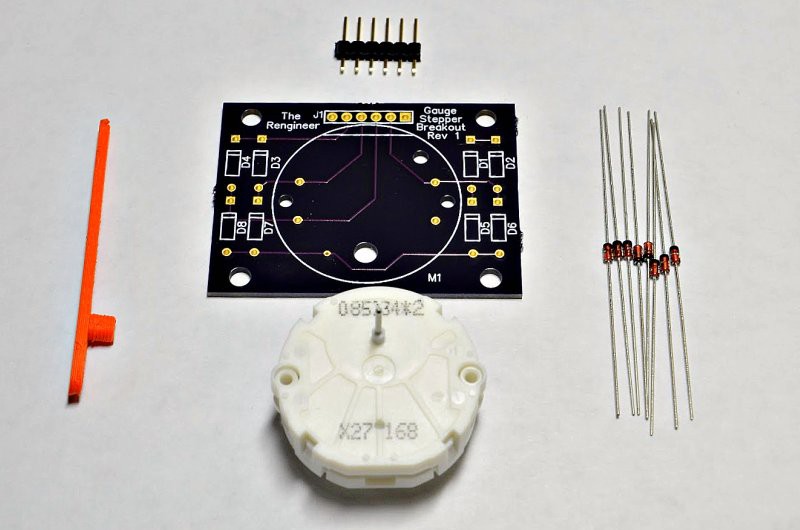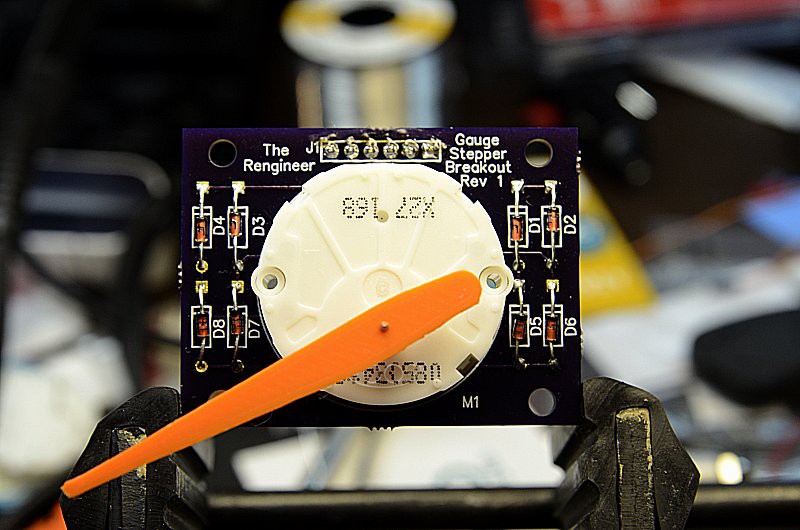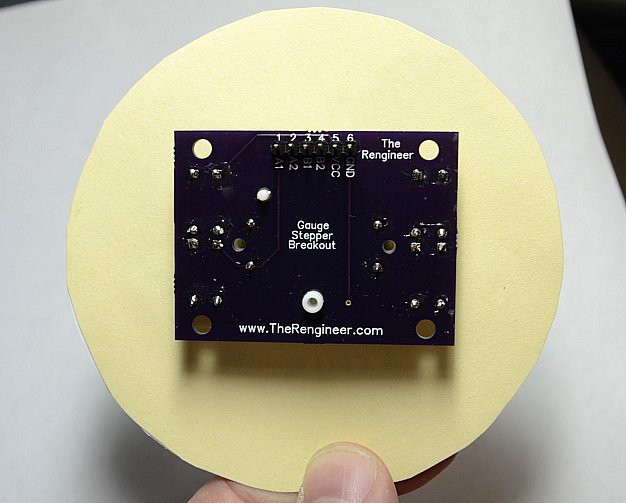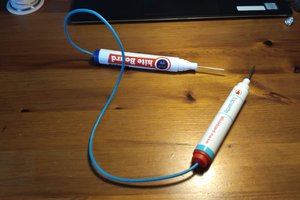I'd always wanted a CPU gauge for my computer. Ok, and a bandwidth gauge for my router. You name it, I want a nice analog gauge for it. It always seemed a bit silly to use an true galvanometer based analog gauge for signals that are inherently digital. When I ran into Guy Carpenter's Gaugette blog and projects, I know I'd found what I was looking for. Guy (and a few others) were using the Switec X27.168 motors. Turns out these motors (and some similar clones) were originally used in several GM cars as gauge motors. Speedo, Tachometer, gas gauge, you name it. Some of the original motors had issues, and were breaking down in the field. The big automakers tend to only sell their dash clusters as a very expensive single unit. Spending over $1000 just to replace a bad gas gauge would be madness.
To fill this gap, a cottage industry of "cluster repair" companies have started offering parts and service for these gauges. This meant that X27.168 motors were cheap and easily available on ebay and other sites. The current version of the X27.168 motor has been revised to fix the issues of the previous generation, so I shouldn't run into problems with my gauges.
 Adam Fabio
Adam Fabio











 Krockwell
Krockwell
This would go well with my project, just wish it used discrete transistors ;-) Hmm I wonder.....